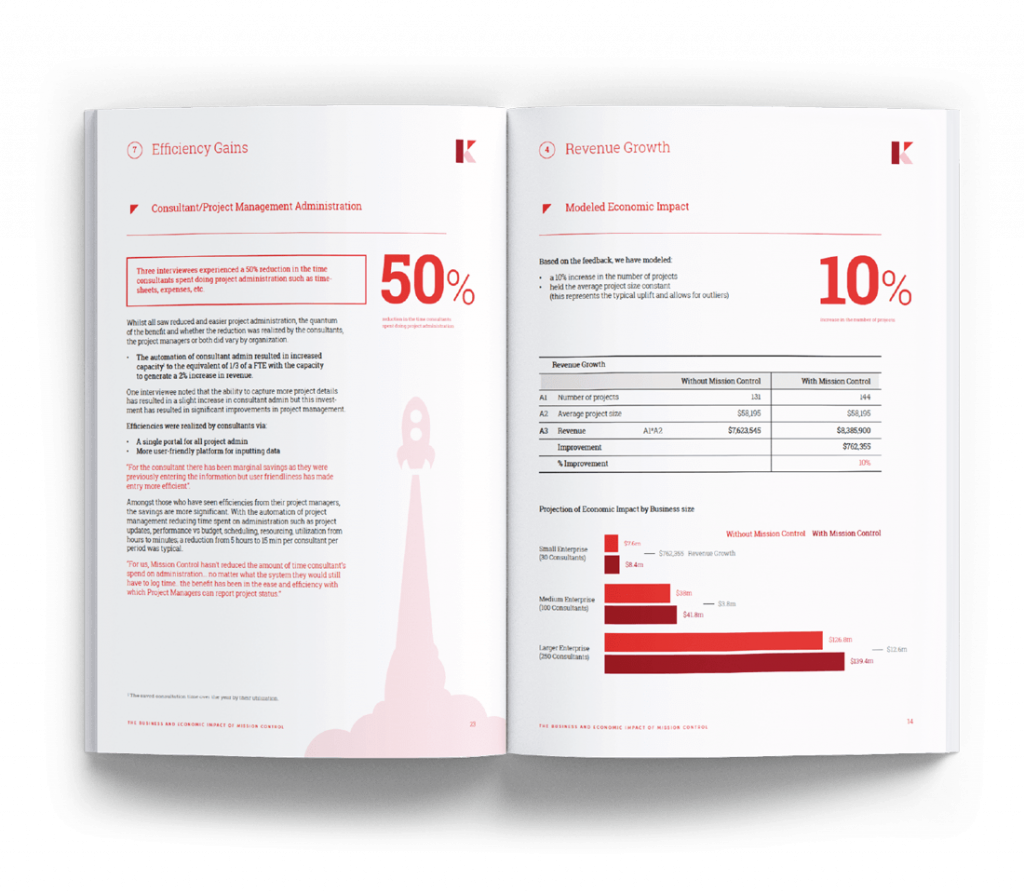When managing multiple projects, you will likely have different rates for each staff member depending on their role or skill. Without proper tools, tracking all the different billable and cost rates can be challenging.
Having a reliable tool to set up custom billing rates will save you hours of timesheet calculations. It will also come in handy when preparing your invoices by ensuring you capture every adjustment correctly and nothing slips through the cracks.
If you’re a Mission Control user, the Rate Adjustments feature is handy for tracking and managing multiple billing rates for your projects. The feature makes tracking billable rates easier and enables project managers to keep up-to-date with the financial situation of their projects.
What is the Rate Adjustments feature in Mission Control?
The Rate Adjustment feature enables Mission Control users to track changes in billable and cost rates across different periods. With this feature, you can manage a more granular level of financial tracking by creating various rate adjustments.
How to Use Mission Control’s Rate Adjustments
Use the Rate Adjustment feature to create a set of rates, such as billable and cost rates for a specified period. To generate these Rate Adjustment records, go to the ‘Manage Rates’ page, accessible from either the Project or Role record.
You can create different rate adjustments that reflect the financial changes made during projects. For instance, if you have a project spanning 2-3 years, the rates may increase across the project’s duration. Your 2022 billable rates may increase from your 2021 rates. Your staff may receive pay increases that come into effect mid-way through a project, etc. Use the Rate Adjustments feature to create different rates for such scenarios.
It’s important to note that you can’t create two Rate Adjustment records covering an overlapping period. For example, you will not be able to have one Rate Adjustment covering 1st February to 10th March and another Rate Adjustment covering 1st March to 30th March.
You can also enable the Multi-Currency feature within Salesforce and use it to create your rate adjustments. The Rate Adjustments feature will automatically pick the same currency as the parent record they apply to (e.g., Project, Role, or Skill Assignment).
Key Components of Mission Control’s Rate Adjustments
There are five types of Rate Adjustments components:
1. Project
The project component in the Rate Adjustments feature allows you to adjust the rates used on a specific project as long as you’re using the ‘Standard’ Billing Rate or Cost Rate. For example, your billing rate may have been $2,500 per day in 2021, which increased to $2,700 in 2022 and $3,000 in 2023. Make a note of these adjustments in the Rate Adjustments project component.
2. Role-based
The role-based component allows you to adjust the rates for an individual Role. For example, John Smith may have a cost rate of $200 per hour in 2021, which might increase to $225 in 2022. Use this feature to create these adjustments.
3. Role-based override
Role-based override applies when using the ‘Role-based’ Billing Rate or Cost Rate. Use this component to override the rates for an individual Role on a specific project. For example, John Smith’s Role-based cost hourly rate is $200. But for one particular project, the rate is reduced to $175. The role-based override component will help you account for changes in the overridden rates during different periods.
4. Skill-based
Skill-based component allows you to adjust the rates for an individual role when using a specific skill. For example, John Smith, an HTML Coder, may have an hourly billing rate of $150 in 2021, which might increase to $175 in 2022.
Skill-based override
The skill-based override component allows you to override the rates for an individual Role for a specific skill used on a particular project. For example, John Smith’s skill assignment billable hourly rate for HTML Coding is $150. But for one specific project, the rate is $200. This component will account for changes in the overridden rates during different periods.
Conclusion
Adjusting your human resources billable and cost rates is inevitable. You may change your billable rates per project or every year. Your staff may also get pay increments, or some roles may have higher rates than others. You must keep track of the various rate adjustments to ensure everyone is compensated accordingly.
The Mission Control Rate Adjustments feature removes the overwhelm of managing multiple billable rates by automatically adding your rate adjustments.
Contact us today to learn more about Mission Control’s Rate Adjustments feature and how it can help track billable rates better.





